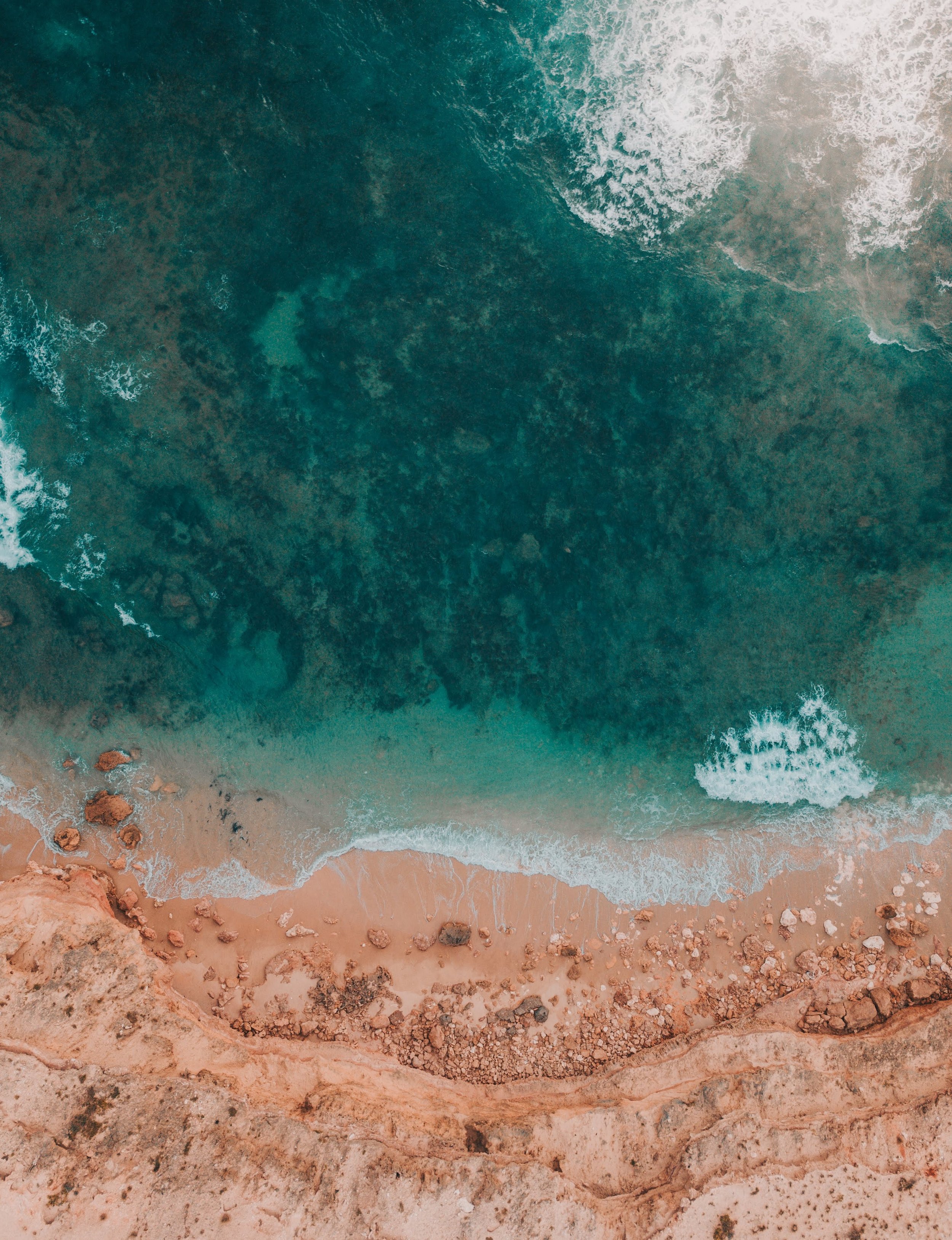How Opals Form
The journey of an Opal begins almost 100 million years ago
Let's start this chapter with the story how opal is formed in nature. There are a couple of theories, but we concentrate to most popular and major one.
For at least 500 million years of its geological history, Australia was embedded in the ancient southern super-continent of Gondwana. At this time an inland sea covered central Australia, and silica-laden sediment deposited around its shoreline. It's believed that perhaps 30 million years ago, lots of silica was released into a solution which filled cracks in the rocks, layers in clay, and even some fossils. Some of them became precious opals. It takes about 5 to 6 million years to make a 1 cm opal to mature.
The evidence that Australia used to be under the sea is that many fossils of shells and fish bones have been found from inland of Australia, and some of those fossils were replaced by silica.
The variety of natural opal is determined by the two characteristics of body tone and transparency. Body Tone - The base tones of light, dark and black opal range from colourless, white, through the various shades of grey, to black. Transparency - Opal of any body colour will be opaque, translucent or transparent.
